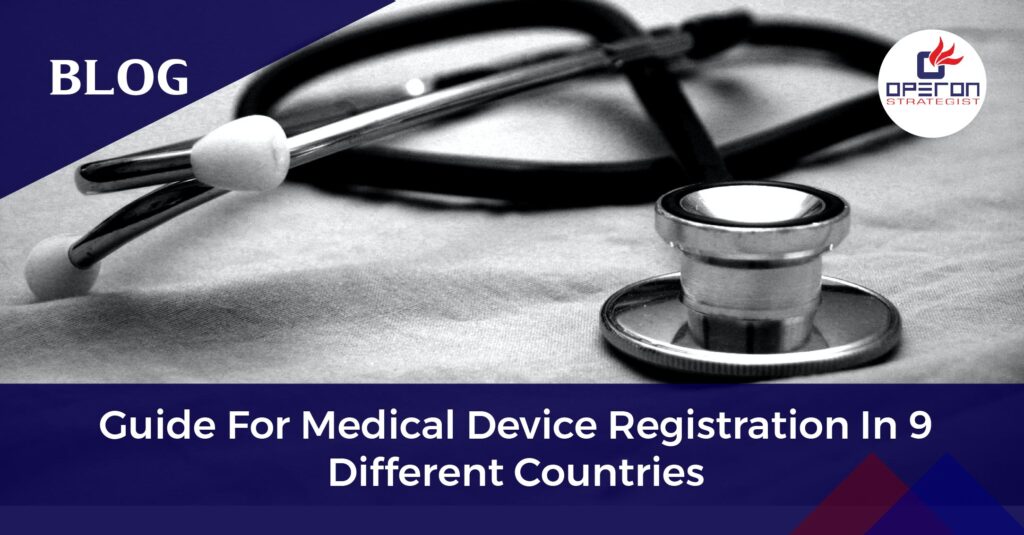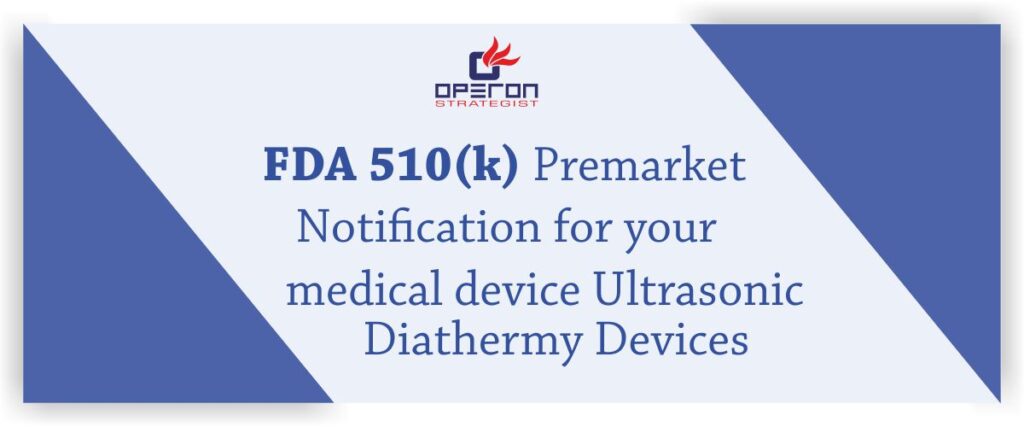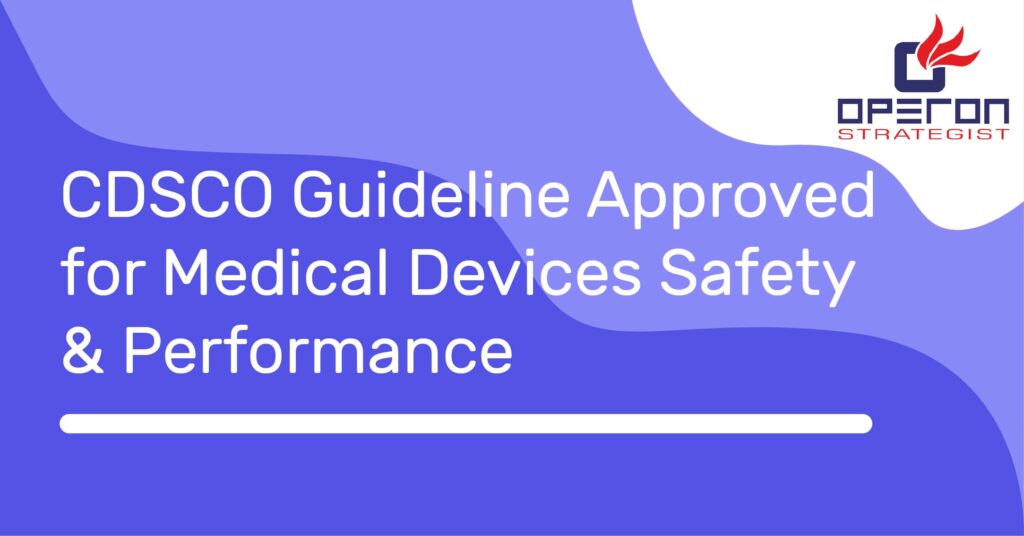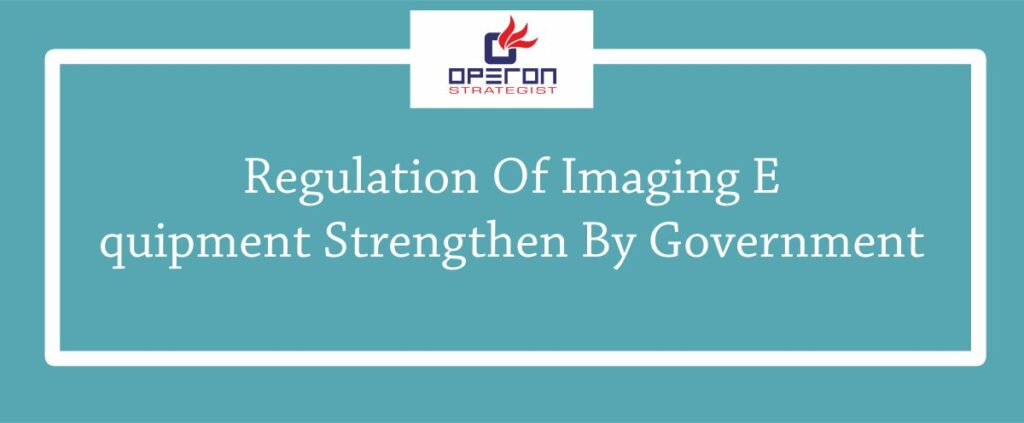Medical Device Regulations by Country
This is the most comprehensive guide for every manufacturer who wants medical device registration in different countries all around the globe. Let’s check QMS certification for different countries all over the globe which helps you to market your product globally. Click to get assistance related to QMS Certification for Medical Devices.
Click Here for Medical Devices Turnkey Project Expert Consultant
Looking for Registration Process Consultation Services for Various Countries?
MEDICAL DEVICE REGISTRATION IN AUSTRALIA
The Therapeutic Goods Administration (TGA) – the regulatory firm for medicines, medical devices, blood, and tissues in Australia – is the segment of the Department of Health and Ageing.
Australia, formally the Commonwealth of Australia, is a sovereign country including the mainland of the Australian continent, the island of Tasmania, and many smaller islands. It is the largest nation in Oceania and the world’s sixth-largest country by total region.
Classification Of Medical Device In Australia:
The classification levels for medical devices are:
- Class A: Low Risk
- Class B: Low Moderate-Risk
- Class C: Moderate-High Risk
- Class D: High-Risk (Where risk Identifies to The patients or to public health
The TGA outlines the necessities for consideration in the ARTG as well as regulations on promoting, labeling, product appearance, and appeal rules. Prerequisites for safe storage or for scheduled substances are subject to State or Territory prescription.
To know more: Medical Device Registration in Australia
MEDICAL DEVICE REGISTRATION IN SOUTH AFRICA
The South African government has established a new agency to manage the new medical device and pharmaceutical regulatory systems being produced in the country.
Regulatory Bodies Are Responsible For Medical Device Registration In South Africa:
As of June 2017, the South African Health Products Regulatory Authority (SAHPRA) has come into being, although its full scope of activities will only be implemented over the next few years. The origins of SAHPRA are from the Medicines Control Council (MCC), and SAHPRA will regulate both medicines and devices (including IVDs). Combination devices that have in the past been managed as medicines will in the future fall under device regulations. SAHPRA will be an independent state-owned entity, which is to be built up over the next few years
There are two types of licenses:
- Manufacturer (manufacture, label, service, import, export) or
- Distributor (import, distribute, export). A distributor license would only apply where the device when imported bears the name and address of the registration holder (in South Africa).
Expansion of a label with the registration license holder’s name is classified as a manufacturing activity.
Classification Of Medical Device In South Africa:
South Africa has a risk-based classification strategy, based on the GHTF scheme. Organizations that handle Class A devices are excluded from the requirement to apply for a license, yet having a license may be useful in encouraging the import of the devices.
- Class A: Low Risk
- Class B: Low Moderate-Risk
- Class C: High Moderate-Risk
- Class D: High Risk
Know More: Medical Device Registration In South Africa
MEDICAL DEVICE REGISTRATION IN INDIA
India’s medical device market is expected to grow over the next several years due to increased health awareness, a growing middle class, and government health initiatives.
Regulatory Bodies Are Responsible For Medical Device Registration In India:
The rules came into force in January 2018 and devices are regulated by the Central Drugs Standard Control Organization (CDSCO), an agency of the Ministry of Health and Family Welfare.
CDSCO:
Registration of Medical Devices for sale in India requires approval from the Central Drugs Standard Control Organization (CDSCO). CDSCO is the national regulatory body for Indian medical devices and pharmaceuticals. It’s a licensing authority. It approves any new chemical entity (drug) which is to be imported to India. Within CDSCO, the Drug Controller General of India (DCGI) is the final authority and controls medical devices and pharmaceuticals. The Drug Controller General of India is in charge of endorsement of licenses of particular categories of Drugs such as IV-Fluids, blood and blood products, Sera, Vaccines, and all medical devices.
Classification Of Medical Device In India:
The regulatory procedure for medical devices varies according to their class. The objective of the present study is to provide an overview of Regulatory guidelines for medical devices.
These are importing, registering, licensing, and clinical trials in India.
- Class A: Low Risk (Example: Thermometers And Tongue Depressors)
- Class B: Moderate-Risk (Example: Hypodermic Needles, Suction Equipment)
- Class C: Moderate-To High-Risk (Example: Lung ventilator, Bone fixation)
- Class D: High-Risk (Example: Heart valves, Implantable devices)
Know More: Medical Device Registration In India
MEDICAL DEVICE REGISTRATION IN SAUDI ARABIA
The Kingdom of Saudi Arabia is one of the largest markets for medical devices and associated products in the Middle East region. As part of the Gulf Cooperation Council (GCC, also known as the economic union of the six Arab states), Saudi Arabia has experienced extraordinary growth, primarily due to its hydrocarbon-based economy.
Regulatory Bodies Are Responsible For Medical Device Registration In Saudi Arabia
The national regulatory authority agencies responsible for healthcare in Saudi Arabia are the Ministry of Health (MoH) & Saudi Food & Drug Authority (SFDA).
Ministry of Health (MoH): The Ministry of Health (MoH) is the highest-level supervisory board that oversees all aspects of the Kingdom’s healthcare services.
Saudi Food & Drug Authority (SFDA)
The Saudi Food & Drug Authority (SFDA) is the government agency that regulates drugs and medical devices in Saudi Arabia. Saudi Food and Drug Authority has issued a number of guidelines to assist an organization operating in the field of medical devices to understand its obligations under the Interim Regulation and the Implementing Rules.
Classification Of Medical Devices In Saudi Arabia
- Class I: Low Risk (Example: Stethoscope, Breath-Alcohol Test System)
- Class II, IIa, IIb: Medium Risk (Example: Protein Test Systems, Syringes)
- Class III, IV: High-Risk (Example: External/Internal Pacemakers, Plasma Warming Device)
Know More: Medical Device Registration In Saudi Arabia
MEDICAL DEVICE REGISTRATION IN ALGERIA
Algeria is the largest country in Africa; it has a public health care system, which is accessible and free of charge to all citizens of Algeria.
Regulatory Bodies Responsible For Medical Device Registration In Algeria
The medical devices are regulated by the Directorate of Pharmacy – Direction de la Pharmacy et du Medicament (DPM) under the Ministry of Health and Population (MOHP).
Registration of Medical Devices for sale in Algeria requires approval from the Ministry of Health and Population (MOHP). Regulation of Medical Devices in Algeria is conducted by the Directorate of Pharmacy and by the National Laboratory for the Control of Pharmaceutical Products (LNCPP), which are both under the supervision of the Ministry of Health and Population.
Classification Of Medical Device In Algeria
- Class I: Low Risk (Example: Simple Surgical Instruments, Tongue Depressor)
- Class IIa: Moderate-Risk (Example: Digestive Catheters, Infusion Pumps And Powered Wheelchairs)
- Class IIb: Moderate-To High-Risk (Example: Dialyzers And Orthopaedic Implants)
- Class III: High-Risk (Example: Coronary Stents)
Know More: Medical Device Registration In Algeria
MEDICAL DEVICE REGISTRATION IN THAILAND
The Kingdom of Thailand is formerly known as Siam, which is a unitary state at the center of the Southeast Asian Indochinese composed of 76 provinces.
The capital and largest city are Bangkok, a special administrative area. Thailand is bordered to the north by Myanmar and Laos, to the east by Laos and Cambodia, to the south by the Gulf of Thailand and Malaysia, and to the west by the Andaman Sea and the southern extremity of Myanmar.
Regulatory Bodies Responsible For Medical Device Registration In Thailand
Health and medical care are directed by the Ministry of Public Health (MOPH), alongside a few other non-ministerial government organizations, with total national expenditures on health adding up to 4.3% of GDP in 2009.
All medical devices are regulated by the Medical Device Control Division (MDCD) of the Thai Food and Drug Administration (TFDA).
The Medical Device Control Division under the Thai Food and Drug Administration (FDA) is the regulatory body that directs medical device regulation in Thailand. So as to showcase a device in Thailand, the device must satisfy its necessities as indicated by its risk classification.
Classification Of Medical Device In Thailand
- Class I: Low Risk(Example: 90% Medical Devices)
- Class II: Medium Risk(Example: Physical Therapy Devices, Alcohol Detector, Implanted Silicone Breast prosthesis)
- Class III: High Risk(Example: Syringes, Contact Lens, Surgical Gloves and IVDs)
Know More: Medical Device Registration In Thailand
MEDICAL DEVICE REGISTRATION IN IRELAND
Ireland is the third-largest island in Europe. Although Ireland’s economy is strong compared to its European neighbors, the medical device market will grow modestly over the next few years. The Irish market was valued at US $.72 billion in 2016 and will increase to $.83 billion by 2020. Ireland is the third-largest island in Europe. Although Ireland’s economy is strong compared to its European neighbors, the medical device market will grow modestly over the next few years. The Irish market was valued at US $.72 billion in 2016 and will increase to $.83 billion by 2020.
Regulatory Bodies Responsible For Medical Device Registration In Ireland
The national regulatory authority agencies responsible for the regulation of medical products in Ireland are:
- Health Products Regulatory Authority (HPRA) (formerly the Irish Medicines Board).
- European Medicines Agency (EMA).
- Environmental Protection Agency (EPA).
The Irish Medicines Board (i.e. IMB) is the competent authority for the regulation of medical devices on the Irish market, being the competent authority appointed under the Medical Devices Legislation. The IMB serves to ensure that all such devices which are placed on the market in Ireland meet the essential requirements of the Medical Devices Legislation.
Classification Of Medical Device In Ireland:
- Class I: Low Risk
- Class IIa: Medium Risk
- Class IIb: Higher Risk
- Class III: Highest Risk
Know More: Medical Device Registration In Ireland
MEDICAL DEVICE REGISTRATION IN SINGAPORE
Singapore has a generally efficient healthcare system, even though their health expenditures are relatively low for developed countries. The World Health Organisation ranks Singapore’s healthcare system as 6th overall in the world in its World Health Report. In general, Singapore has had the lowest infant mortality rate in the world for the past two decades. Life expectancy in Singapore is 80 for males and 85 for females, placing the country 4th in the world for life expectancy. Almost the whole population has access to improved water and sanitation facilities.
Regulatory Bodies Responsible For Medical Device Registration In Singapore:
A series of proposed changes to the Medical Device Regulations 2010 have been announced by the Health Sciences Authority (HSA), Singapore.
Health Sciences Authority (HSA):
Singapore’s Health Sciences Authority (HSA) announced changes to its regulations that it says will facilitate faster access to certain medical device registration and mobile applications and provide more clarity to devise makers.
HSA monitors health products in the market through regular surveillance activities. The agency also carries out investigations and takes enforcement action against illegal activities related to unregistered, counterfeit, and adulterated health products. HSA has an established and active pharmacovigilance program that draws on its network of healthcare professionals and overseas regulators.
Classification Of Medical Device In Singapore:
- Class A: Low Risk (Example: Surgical Retractors, Tongue Depressors)
- Class B: Low-moderate Risk (Example: Hypodermic Needles, Suction Equipment)
- Class C: Moderate-high Risk (Example: Lung Ventilator, Bone Fixation Plate)
- Class D: High Risk (Example: Heart Valves, Implantable Defibrillator)
Know More: Medical Device Registration In Singapore
MEDICAL DEVICE REGISTRATION IN BRAZIL
Brazil is the largest medical device market in Latin America and has an established but complex regulatory system.
Regulatory Bodies Responsible For Medical Device Registration In Brazil:
Medical devices in Brazil are regulated by the Agência Nacional de Vigilância Sanitária (ANVISA).
Agência Nacional de Vigilância Sanitária (ANVISA):
ANVISA is the Brazilian regulatory agency that is responsible for the approval and supervision of food, cosmetics, tobacco, pharmaceuticals, health services, and medical devices, among others. The agency is connected to the Ministry of Health, which manages ANVISA through a management contract signed periodically. Brazil’s base regulations and medical device classification schemes are similar to those found in the European MDD 93/42/EEC.
Anvisa’s role is to promote the protection of the population’s health by executing sanitary control of the production, marketing, and use of products and services subject to health regulation, including related environments, processes, ingredients, and technologies, as well as the control in ports, airports, and borders.
Know More: Medical Device Registration In Brazil
Operon Strategist ensures your manufacturing unit is suitable for all National/International regulatory norms and expected audits. And have experience in setting up small, medium, and large medical device manufacturing facilities in every domain of medical devices. We have an impressive portfolio with existing industry giants which makes us competent for undertaking any project.
Get expert guidance for medical device registration. Operon Strategist has all experience and expertise in handling the project globally. As we already have completed and have some projects in progress at various global locations. We have expertise in handling Medical Device Turnkey Projects all around the world. Our Online Screen Sharing module facilitates effective training of the individuals of the organization. Project deliverables and timelines are tracked/handled through meticulous planning by our team.
Easily Market Your Medical Equipment With Operon Strategist

-
Operon Strategisthttps://operonstrategist.com/author/snehal/
-
Operon Strategisthttps://operonstrategist.com/author/snehal/
-
Operon Strategisthttps://operonstrategist.com/author/snehal/
-
Operon Strategisthttps://operonstrategist.com/author/snehal/




